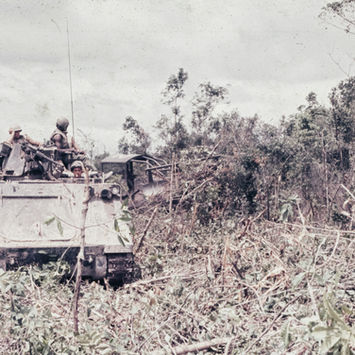
Veterans Day Remembrance
November 11th
Origins in World War I:
-
The armistice that ended World War I was signed on November 11, 1918, at the 11th hour of the 11th day of the 11th month.
Armistice Day Established:
-
In 1919, the United States observed the first Armistice Day, a day to commemorate the end of the war and honor those who served.
Becoming a Federal Holiday:
-
In 1938, Congress made Armistice Day a federal holiday, primarily to honor veterans of World War I and celebrate peace.
Expanding the Scope:
-
After World War II and the Korean War, veterans service organizations urged the U.S. Congress to change the holiday to be more inclusive of all veterans.
Renamed Veterans Day:
-
In 1954, Congress officially renamed Armistice Day to Veterans Day, and President Dwight D. Eisenhower signed the bill, recognizing all veterans of all wars.
Uniform Holiday Act:
-
In 1968, the Uniform Holiday Act moved Veterans Day to the fourth Monday in October, but this was later changed back to November 11th in 1975, according to VA News [20, 27].
Continuing the Tradition:
-
Today, Veterans Day is a day of national reflection, remembrance, and celebration of the contributions and sacrifices made by those who served in the U.S. armed forces.
Veterans always serve when called by our Country
NEVER AGAIN
WILL ONE GENERATION OF VETERANS ABANDON ANOTHER


















